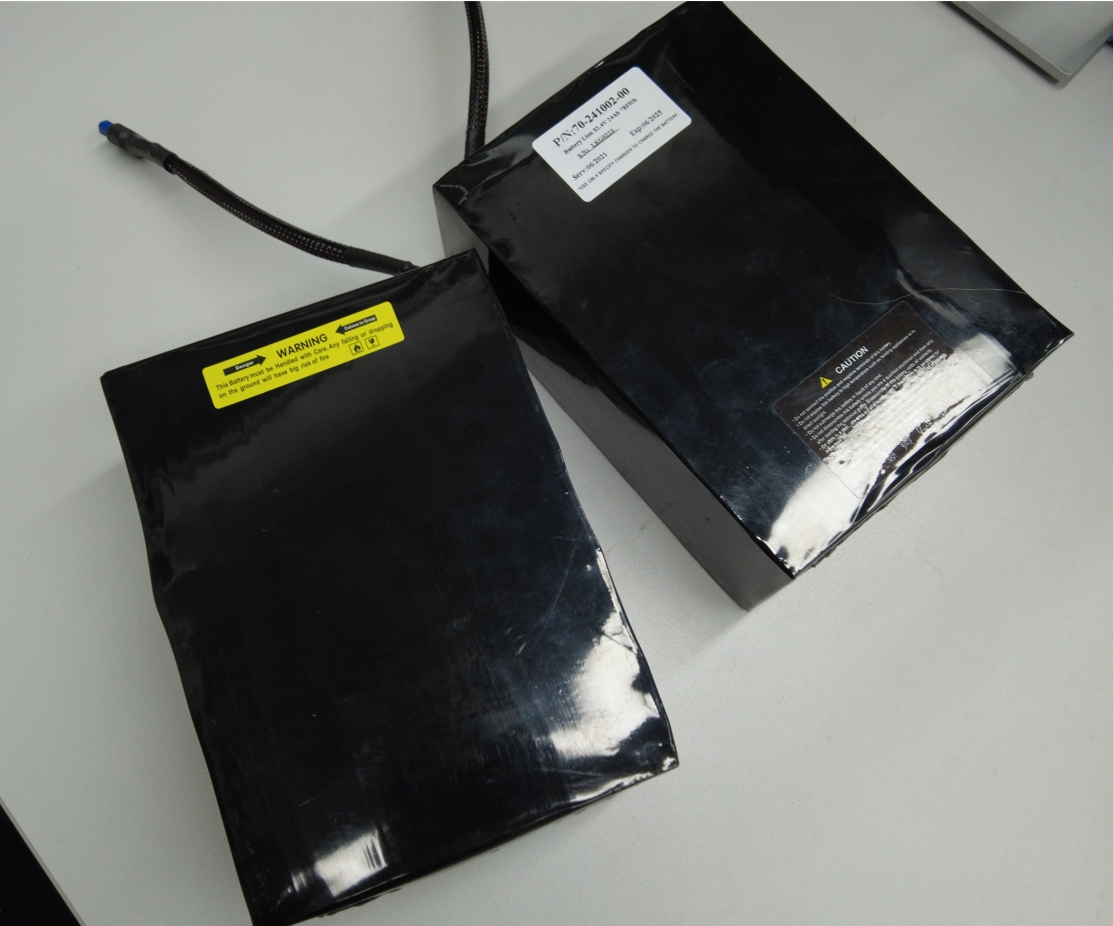- 16
- Nov
Lithium Battery Maintenance technical knowledge
Is our maintenance of the Lithium battery correct? This problem has plagued many loyal mobile phone users, including me. After consulting some information, I had the opportunity to consult a PhD student in electrochemistry, who is also the deputy director of a well-known battery research institute in China. Now write down some relevant knowledge and experience to share with your readers.

“The positive electrode of a lithium battery is usually made of an active compound of lithium, while the negative electrode is carbon with a special molecular structure.” An important part of the commonly used positive information is LiCoO2. During the charging process, the electric potential at the battery pole forces the compound in the positive electrode to release lithium ions and insert them into the carbon, while the negative electrode molecules are arranged in a laminar flow. Lithium ions are separated from the layered structure of carbon during discharge and are combined with the anode compound. The movement of lithium ions generates electric current.
The principle of the chemical reaction is very simple, but in actual industrial production, there are more practical issues to consider: positive electrode additives need to be maintained repeatedly for activities, and negative electrodes need to be designed at the molecular level to accommodate more lithium ions; fill The electrolyte between the anode and the catholyte, in addition to being stable, but also has excellent conductivity, reducing the internal resistance of the battery.
Although lithium batteries rarely have the memory effect of nickel-cadmium batteries, they are not. However, due to various reasons, lithium batteries will continue to lose capacity after repeated charging. It is important to modify the anode and cathode data itself. At the molecular level, the cavity structure of the positive and negative electrodes containing lithium ions will gradually collapse and block. Chemically, it is the active passivation of positive and negative materials, indicating the presence of other stable compounds in side reactions. There are also some physical conditions, such as the gradual loss of anode data, which will eventually reduce the number of lithium ions that can move freely during charging and discharging in the battery.
Overcharge and discharge, the electrodes in the lithium battery constitute permanent damage. It can be intuitively understood from the molecular level that anode carbon emissions will cause the excessive release of lithium ions and their layered structure in autumn, and overcharge will squeeze too much lithium ions into it. The structure of the cathode carbon prevents some lithium ions from being released. This is why lithium batteries are often equipped with charge and discharge control circuits.
Improper temperature will cause other chemical reactions in the lithium battery, and unnecessary compounds appear. Therefore, many lithium batteries are equipped with maintenance temperature control diaphragms or electrolyte additives on the positive and negative electrodes. When the battery is heated to a certain degree, the composite membrane hole is closed or the electrolyte is denatured, the internal resistance of the battery increases until the circuit is disconnected, and the battery no longer heats up, ensuring the battery’s normal charging temperature.
Can deep charging and discharging increase the actual capacity of lithium batteries? Experts clearly told me that this is meaningless. They even said that based on the knowledge of the two doctors, the so-called full-dose activation of the first three doses is meaningless. But why do many people delve into battery information to show that the capacity will change in the future? This point will be mentioned later.
Lithium batteries generally have processing chips and charging control chips. In the process, the chip has a series of registers, capacity, temperature, ID, charging status, discharge time and other values. These values gradually change with use. I personally think that the important effect of using for about a month should be full charge and discharge. Once the instruction manual should correct the improper value of these registers, the charging control and nominal capacity of the battery should correspond to the actual state of the battery.
